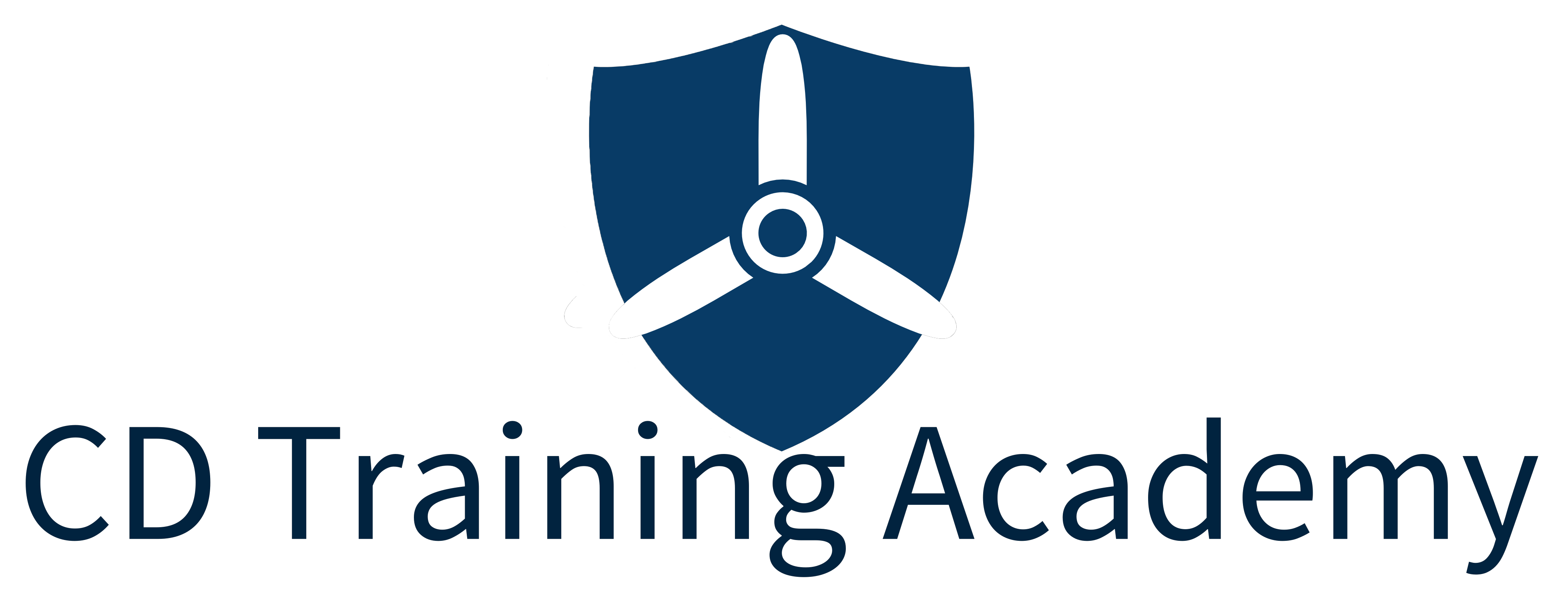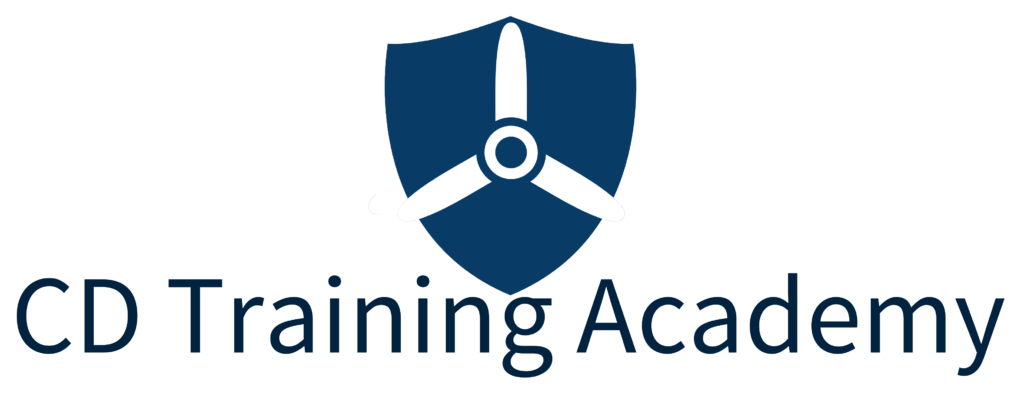Introduction to Learning Management Systems (LMS)
Learning Management Systems (LMS) have revolutionized the way employers provide education and training to employees in the workplace. With the advancement of technology, traditional methods of learning have been replaced by online platforms that provide a comprehensive and interactive learning experience. In this comprehensive guide, we will delve into the world of LMS and explore its history, evolution, and the benefits it offers for education and training.
The History and Evolution of LMS
The concept of LMS can be traced back to the early 1990s when the internet was still in its infancy. These early systems, known as Course Management Systems (CMS), were primarily used by universities to manage their online courses. However, as technology advanced, so did the capabilities of LMS.
In the late 1990s, the term Learning Management System (LMS) was coined, and the focus shifted towards creating a more comprehensive platform that not only managed courses but also facilitated learner engagement and assessment. Since then, LMS has evolved to include features such as multimedia content, gamification, social learning, and mobile compatibility, making it a powerful tool for online education and training.
Benefits of Using an LMS for Education and Training
- Centralized Learning: One of the major benefits of using an LMS is the ability to centralize learning resources. Traditional methods of education and training often involve scattered materials and resources, making it difficult for learners to access and manage them efficiently. With an LMS, everything is stored in one place, making it easy for learners to access course materials, assignments, and assessments.
- Flexibility and Convenience: LMS provides learners with the flexibility to learn at their own pace and convenience. Whether it’s a student juggling multiple responsibilities or a professional looking to upskill, an LMS allows them to access the content whenever and wherever they want. This flexibility ensures that learners can fit their education and training around their busy schedules.
- Interactive Learning Experience: LMS offers a variety of interactive features that enhance the learning experience. These include multimedia content, discussion forums, quizzes, and gamification elements. By incorporating these elements, LMS promotes active engagement and participation, making the learning process more enjoyable and effective.
- Tracking and Assessment: LMS provides robust tracking and assessment capabilities, allowing instructors and trainers to monitor the progress of learners. They can track metrics such as time spent on each module, quiz scores, and completion rates. This data can be used to identify areas where learners may be struggling and provide personalized support.
- Cost-Effective: Implementing an LMS can be a cost-effective solution for educational institutions and organizations. It eliminates the need for physical classrooms, printed materials, and travel expenses. Additionally, LMS allows instructors and trainers to reach a larger audience, reducing the cost per learner.
How Does an LMS Work?
Understanding how an LMS works is crucial to fully harness its potential. At its core, an LMS consists of three main components: a content management system, a delivery system, and an administration system.
- Content Management System: This component is responsible for managing and organizing learning content. It allows instructors and trainers to create, upload, and organize course materials, including text, images, videos, and interactive elements.
- Delivery System: The delivery system is the interface through which learners access the learning content. It provides a user-friendly environment where learners can navigate through the course, access resources, and submit assignments. The delivery system also tracks learner progress and performance.
- Administration System: The administration system is the backend of the LMS, where instructors and administrators manage user accounts, track learner progress, generate reports, and perform other administrative tasks. It provides the necessary tools and features to monitor and evaluate the effectiveness of the learning program.
Conclusion
Learning Management Systems (LMS) have transformed the landscape of education and training, offering a centralized and interactive learning experience. From its humble beginnings as Course Management Systems to the sophisticated platforms of today, LMS has evolved to meet the evolving needs of learners and instructors alike. The benefits of using an LMS for education and training are numerous, including centralized learning, flexibility, interactivity, tracking, automation, training needs assessment, identifying training gaps, and cost-effectiveness.
As technology continues to advance, so will the capabilities of LMS. Whether you are a student, educator, or part of an organization, embracing LMS can unlock a world of opportunities for effective and efficient learning. So, take the leap and explore the possibilities.
Book a time to meet or visit our website to discover how a customized Part 145 Repair Station Learning Management System (LMS) can revolutionize your training program. Alaina Yockey, CD Training Academy.








